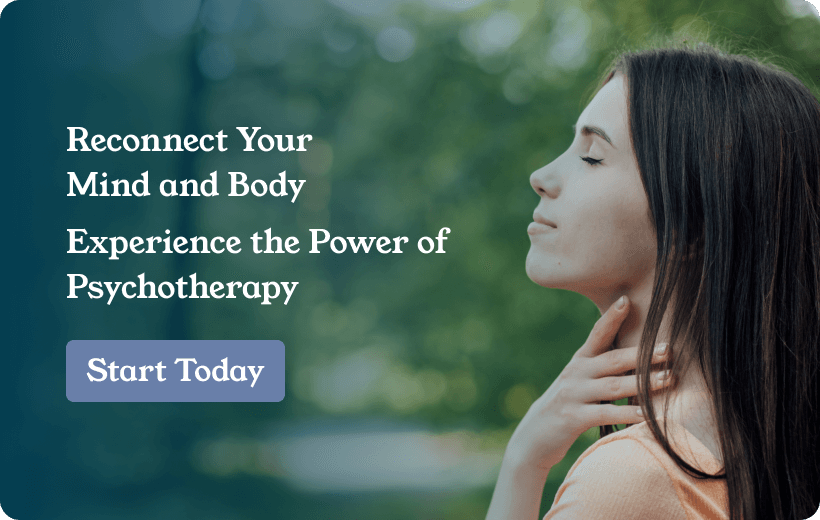
Many of us have often used the terms stress, anxiety, and worry interchangeably, without really understanding the distinctions between them. We might talk about our fears about an upcoming meeting or presentation by saying, “This presentation is causing me so much stress. I’m worried about how I’m going to handle it. I’m so worried that I feel nauseous.”
Anxiety, more so manifested as generalized anxiety disorder, is more than just feeling stressed or nervous about everyday situations. It is a medical condition where feelings of anxiety are prolonged, intense, and disrupt your daily activities. Common anxiety symptoms include persistent worry about various aspects of life, such as work, social interactions, or routine matters, which can create significant distress.
Stress, on the other hand, usually occurs as a direct response to a stressor. It is the body’s method of reacting to a challenge or a demand, and shows up as physical symptoms such as an increase in adrenaline and cortisol, which prepare the body to act quickly. These physiological changes are normal; however, when stress becomes chronic, it can lead to more severe health issues, mirroring the physical symptoms of long-term anxiety.
But it’s important to understand that stress and worry are not synonymous. By understanding the difference, we can get ourselves ready with the appropriate coping mechanisms for each scenario. This then allows us to tackle the different layers of anxiety more effectively and more precisely.
Table of Contents
ToggleWorry is the mental component of anxiety. It’s that constant chatter in your mind, the negative thoughts, the “what if” questions that plague your thoughts. “What if I don’t do well in the presentation? What if I fail the test? What if people start thinking less of me?” These intrusive thoughts typically revolve around future events or unknown outcomes and originate from our prefrontal cortex, the logical, problem-solving center of our brain.
Worrying can be constructive but it can also make us feel stressed. When we think about problems, we may be able to uncover solutions. But when worry becomes compulsive, distorted, or trapped in a fear-driven cycle, it can escalate into anxiety or depression if not managed appropriately.

Stress is a physiological response. It is our body’s physical response to perceived threats. It’s the fight/flight/freeze reaction, and it’s controlled by our instinctive reptilian brain. This response occurs faster than our conscious thought process and is aimed at helping us survive immediate physical dangers. For instance, when faced with a genuine physical threat, our body redirects resources, shuts down non-essential functions (like digestion and immune system), and pumps out adrenaline to enhance performance.
Yet, when stress remains unresolved or emerges in response to non-life-threatening situations, it can have damaging effects on our physical health. Chronic stress has been associated with conditions such as heart disease, high blood pressure, and frequent illnesses.
Now, anxiety represents the intersection of these two responses (worry and stress) and is rooted in our limbic brain. It’s an emotion, a feeling that often comes with sensations of nervousness, unease, or hyper alert. While anxiety serves as a valuable alert system to potential threats, high levels of anxiety can make it harder to relax, find joy, or make decisions that align with our values.
To effectively manage anxiety, it’s crucial to target interventions that address these two distinct aspects. We must address worry through cognitive interventions, which involve reshaping our thought patterns and imaginative skills. Simultaneously, we must address the stress response with interventions focused on calming the body.
- Managing Worry: cognitive interventions focus on changing thinking patterns and imagining skills to tackle persistent and distorted worries
- Calming Stress: interventions that focus on calming the body are essential for reducing the physiological stress response.
1. Awareness
The first step in managing anxiety is awareness. Begin noticing when you feel anxious and try to describe it by keeping in mind the following questions:
How does anxiety manifest as stress in my body?
What do those sensations feel like?
What kind of thoughts am I having in this moment? What was going through my mind?
By describing your experience, not only you gain some distance from the actual thoughts, but it can also give you the opportunity to gain more control over it.


2. Monitoring
Worrying involves thinking about future events in a way that leaves you feeling anxious. Basically, when we are anxious, we feel the need to problem-solve the situation and that leads to worrying. Worrying is basically a problem-solving habit.
Worries can be categorized into ‘real event worries’ which are about actual problems that are affecting you right now and ‘hypothetical worries’ which are about things that do not currently exist, but which might happen in the future. Another way to think of this is productive vs. unproductive worrying. Determining whether your worry is productive or unproductive can help you decide whether to use the worry to your benefit, or to let it go.
What type of Worry was it? Was it about a real event or a hypothetical event?
Was that worry about something that was happening right now, or something that might happen in the future?
3. Intention
After becoming aware of and monitoring your anxious thoughts and the physical manifestations of stress, the next step is setting an intention. Intention is like setting the destination in your mind’s GPS. It’s about consciously deciding that you don’t want to be held hostage by anxious thoughts.
Relaxation techniques such as deep breathing, mindfulness, meditation, or even a simple walk in nature can be a reset button for your body’s stress response. Think about the body’s stress response cycle from an evolutionary perspective, if your mind perceives danger, it arms you with the ability to overcome the threat by activating your nervous system. Closing the stress response cycle is doing things that tells your brain it’s okay to calm down because there’s either no threat or that the threat is over.
Anxiety often feels like being stuck in a loop of thoughts, where each thought reinforces the next. Intentionally stepping back from these thoughts can break the cycle. This doesn’t mean dismissing your feelings but rather acknowledging them without letting them dictate your actions.

Understanding the distinction between stress, worry, and anxiety empowers you to manage them effectively. By targeting worry with cognitive interventions and stress with body-calming techniques, you can navigate the intricate landscape of anxiety. Remember, awareness is the first step towards change.
At Get Reconnected Psychotherapy Services in Ontario, our skilled therapists provide a variety of treatments to help manage anxiety and stress. We work with you to find the best approaches for your needs, keeping you informed about the latest therapy techniques and research. Don’t let anxiety control your life any longer. Reach out to Get Reconnected today and book a consultation. Our team is here to help you feel better and become the best version of yourself.

Delia Petrescu
Founder & Director
BA, MA, Registered Psychotherapist (RP)
Delia Petrescu, MA, RP is a Toronto-based psychotherapist, psychometrist, and the founder of Get Reconnected Psychotherapy and Counselling Services. She provides virtual therapy sessions Ontario-wide. Delia has experience working with adults struggling with adjustment difficulties, depression, anxiety, and trauma. She specializes in integrative and holistic care for those coping with life crises such as fertility concerns. Read more about Delia

Finding Hope Through The Infertility Journey
Explore the emotional landscape of infertility at Get Reconnected. Learn how to cultivate hope and resilience during your fertility journey.

Surviving Infertility: Coping with the Ups and Downs
Learn effective coping strategies for the emotional challenges of infertility. Discover support and guidance for your journey at Get Reconnected.

Coping with Infertility: The Role of Fertility Counseling
Navigate the emotional journey of infertility with expert counselling at Get Reconnected. Get support for managing stress, decision-making, and relationship dynamics.




